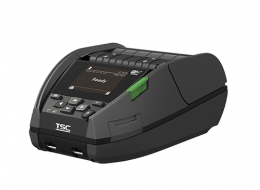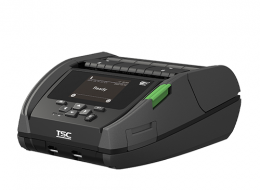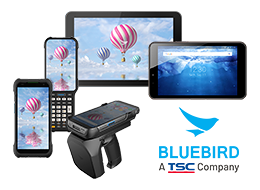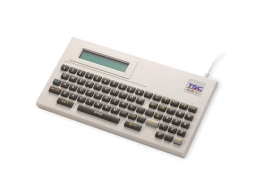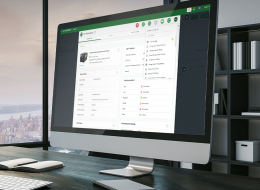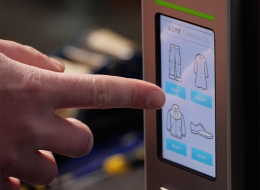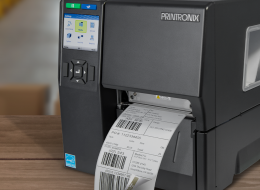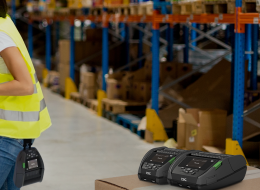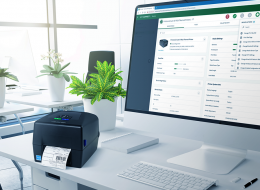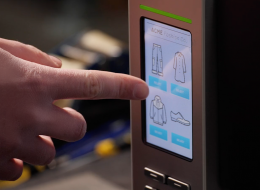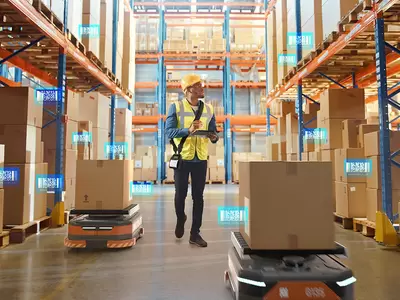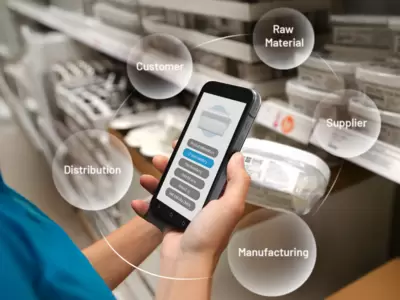Transform Your Retail Strategy with Digital Link and Item-Level Tracking
Continuing from our previous discussion on item-level tracking and digital transformation, this article explores how GS1 Digital Link and item-level tracking work together to connect physical products with rich digital data. Adopting these new standards can help retailers stay competitive in today’s retail landscape by unifying operations, improving traceability, and enhancing customer engagement.
GS1 Digital Link: Enhancing Supply Chain Traceability
GS1 Digital Link transforms how retailers manage and share product data by linking digital information to physical products. This standardized data structure ensures compatibility across diverse systems—from inventory management to cloud-based applications—enabling unified commerce. By connecting product data directly to items, GS1 Digital Link improves traceability and allows retailers to monitor the movement of products seamlessly across all channels.
While GS1 Digital Link provides the framework for standardized data integration, technologies such as enterprise mobile computers and cloud platforms deliver the real-time visibility retailers need. This integration not only streamlines operations and optimizes supply chains but also bridges online and offline channels, supporting a fully unified commerce strategy.
Item-Level Tracking and Digital Product Passports: Going Beyond Inventory
While GS1 Digital Link simplifies data sharing, item-level tracking makes physical products “visible” through technologies like RFID, barcodes, and enterprise mobile computers. These tools provide real-time insights into the location and movement of products, enabling inventory optimization, fraud prevention, and compliance adherence.
A notable advancement in this space is the Digital Product Passport (DPP), which acts as a digital twin of a physical product. Each DPP holds key information—origin, sustainability attributes, compliance status, and lifecycle history—empowering retailers to authenticate products, track their journey, and offer consumers greater transparency. This goes beyond traditional inventory management by delivering deep, actionable product insights that facilitate the achievement of sustainability and circular economy goals.
How These Technologies Work Together
By combining GS1 Digital Link with item-level tracking and Digital Product Passports, retailers create an integrated ecosystem where every product is bound to its digital representation. GS1 Digital Link ensures smooth data flow across all retail systems, while item-level tracking technologies provide accurate, up-to-the-minute updates. Digital Product Passports add an additional layer of transparency, sharing detailed product data with both retailers and consumers.
Together, these innovations enable retailers to manage inventory efficiently, strengthen consumer trust through authenticity and sustainability, and drive loyalty in an increasingly digital market.
If you’d like to explore these topics further, our recent webinar offers in-depth discussion and practical advice from industry experts. Watch the webinar playback here!
You can also download our guide, Boost Transparency and Trust: Unlock Item-Level Tracking with Digital Product Passports , and learn more about how embracing the latest standards and initiatives can help you stay ahead of the curve, or contact us for tailored guidance.
Stay tuned for more insights on how to unify your retail operations and work towards realizing seamless commerce.

